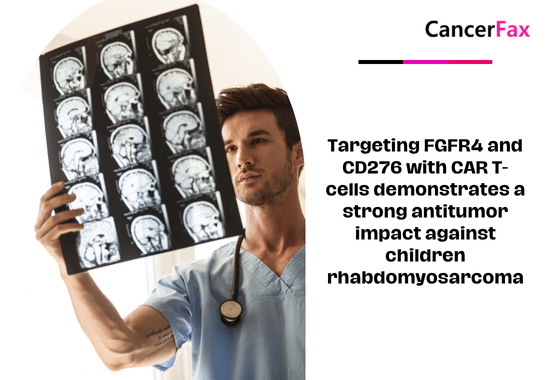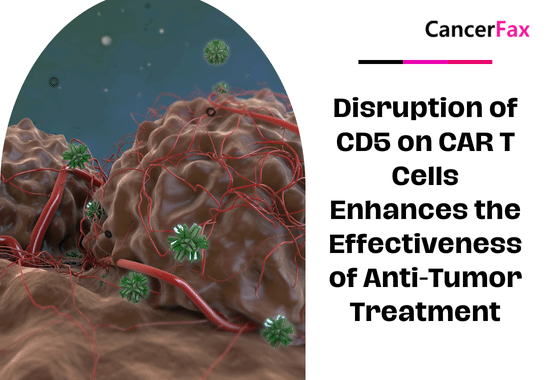Neuroendocrine tumors are rare, accounting for less than 1% of all malignant tumors, and most of them occur in the stomach, intestines, and pancreas. The most common type of cancer in this type of tumor is carcinoid, with an incidence of about 2.5/100000, accounting for 50% of all gastrointestinal pancreatic neuroendocrine tumors. Carcinoid tumors can be divided into anterior intestine (lung, lung, Bronchus and upper gastrointestinal tract up to jejunum), midgut (ileum and appendix) and hindgut (rectum and rectum). Such tumors can occur in the entire neuroendocrine system, but the most common site of involvement is the pancreas. Neuroendocrine tumors can be divided into two major categories according to whether the substances secreted by the tumor cause typical clinical symptoms mdash; mdash; functional and non-functional.
Currently, the most effective treatment for neuroendocrine tumors in the world is peptide receptor radionuclide therapy (PRRT). The following is an article written by an American doctor on peptide receptor radionuclide therapy:
What is a peptide receptor Radionuclide therapy ( PRRT )?
What is peptide receptor radionuclide therapy ( PRRT ) and how does it work?
Peptide receptor radionuclide therapy ( PRRT) is a molecular-related therapy (also called radioisotope therapy) used to treat specific types of cancer, called neuroendocrine malignancies or Neuroendocrine tumors (neuroendocrine tumors). Peptide receptor radionuclide therapy (PRRT) is also being studied as a treatment for prostate and pancreatic tumors.
In peptide receptor radionuclide therapy ( PRRT), a protein (or peptide) called cell targeting called octreotide, combined with a small dose of radioactive material, or radionuclide, produces a special type of radiopharmaceutical called a radioactive peptide . When injected into the patient’s bloodstream, this radioactivity enters and attaches to neuroendocrine tumor cells, giving high-dose radiotherapy to the cancer lesion.
In most neuroendocrine tumor cells, enrichment (called overexpression) has a large number of special types of surface receptors-this protein is distributed on the cell surface-a hormone attached to the body is called growth hormone inhibitory factor. Octreotide is a hormone synthesized in the laboratory, which is attached to the neuroendocrine tumor growth hormone inhibitory factor receptor. In peptide receptor radionuclide therapy (PRRT), octreotide combined with therapeutic doses of radionuclide yttrium-90 (Y-90) and lutetium 177 (Lu-177) is the most commonly used radionuclide.
What diseases can be treated by peptide receptor radionuclide therapy ( PRRT ) ?
Is peptide receptor radionuclide therapy ( PRRT) used to treat neuroendocrine tumors? (NETs), including carcinoid tumors, pancreatic islet cell carcinoma, small cell lung cancer, pheochromocytoma (a rare tumor formed in the adrenal glands), stomach-intestine-pancreas (stomach, intestine and pancreas) neuroendocrine tumors, And rare thyroid cancer that does not respond to radioactive iodine therapy.
Peptide receptor radionuclide therapy ( PRRT) is an option for patients:
•The patient has advanced and/or advanced neuroendocrine tumors
• Patients who are not suitable for surgery
•The patient’s symptoms do not respond to other medications
The main goal of peptide receptor radionuclide therapy ( PRRT) is to help relieve symptoms, stop or delay tumor progression and improve overall survival.
How does peptide receptor radionuclide therapy ( PRRT ) work?
Depending on the type of cancer being treated and the treatment equipment implementing the treatment process, patients can receive up to 10 cycles of Peptide receptor radionuclide therapy ( PRRT), separated within 2-3 months. Depending on the radionuclide therapy being implemented and local regulations, this procedure can be used as an outpatient treatment procedure, or it may require a few days of hospital treatment.
Every Peptide receptor radionuclide therapy ( PRRT) begins when amino acids are easily injected intravenously to protect the patient’s kidneys from radiation. The radioactive peptide is subsequently injected into the patient, followed by additional amino acid solution. In total, the treatment duration lasted nearly 4 hours.
During subsequent treatments, molecular imaging scans may be performed to observe where the injected radioactive peptide has entered the body, although these are not mandatory.
What are the advantages of peptide receptor radionuclide therapy ( PRRT ) ?
Peptide receptor radionuclide therapy ( PRRT) and other molecular therapies can provide more individualized cancer treatment because radiopharmaceuticals can be adjusted according to the patient’s unique biological characteristics and the molecular characteristics of the tumor. Peptide receptor radionuclide therapy (PRRT) is also considered to be a targeted therapy, because radioactive peptides have the ability to highly selectively destroy neuroendocrine tumor cells, while limiting normal tissue exposure to radiation. Therefore, in general, peptide receptor radionuclide therapy (PRRT) has relatively mild side effects compared to chemotherapy.
Peptide receptor radionuclide therapy ( PRRT) is a species with a high degree of effectiveness of the treatment options for neuroendocrine tumor control of advanced, progressive. Peptide receptor radionuclide therapy ( PRRT) is not a curative treatment, but has been shown to help relieve symptoms and delay disease progression.
Is peptide receptor radionuclide therapy ( PRRT ) safe?
All treatments, including peptide receptor radionuclide therapy (PRRT), have side effects and risks. You should discuss the risks and benefits of peptide receptor radionuclide therapy (PRRT) with your treatment provider, as well as any other treatments you are considering. Based on your medical history, your treatment provider will help you decide whether or not peptide receptor radionuclide therapy (PRRT) is your most correct choice. Be sure to inform your treatment provider about any other prior treatment you have received, as this plays an important role in the correct determination of treatment and medication dosage.
Side effects of peptide receptor radionuclide therapy (PRRT)?
Peptide receptor radionuclide therapy ( PRRT) itself is very well tolerated, but during amino acid infusions, patients often have nausea and vomiting (sometimes very severe). This requires anti-nausea treatment or slowing down the rate of amino acid administration. In the longer term, side effects will include a constant blood count. Overall, this treatment is well tolerated by most patients.
Home care
Your medical facility will provide you with guidance for subsequent treatment. Because a small amount of radiotherapy can remain in the body, patients need to undergo other treatment after 1-2 days after receiving peptide receptor radionuclide therapy (PRRT). Because the remaining radionuclides are cleared from the body through urine and feces, it is important to maintain good toilet hygiene during this period.
What are the new developments in the research of peptide receptor radionuclide therapy (PRRT) ?
Peptide receptor radionuclide therapy (PRRT) research is now focused on completing phase III clinical trials, and hopes to receive US FDA approval for its indications shortly thereafter. Ongoing research also includes research on these applications:
• Use two peptides together
• Radioactive peptides combined with other chemotherapy treatments
• Repeated radiotherapy application
• Increase the number of indications for this type of radiation therapy, including other disease targets
• Other radionuclide-peptide joint use.

